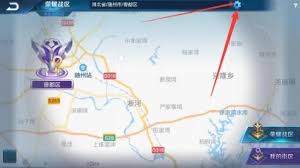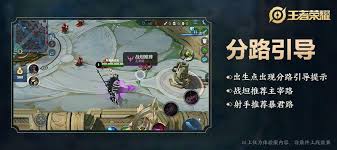In the game Honor of Kings, mastering map routing and character positioning is the key to improving combat skills. This article will provide you with a detailed guide, starting from the basic map routing rules and gradually deepening into specific hero selection and tactical application, to help you achieve better results in the game.
In Honor of Kings, a correct understanding of map lanes is crucial to team victory. The three main lanes in the game are the top lane, the middle lane, and the bottom lane. Each lane has its own unique characteristics and strategies. The upper lane is usually suitable for tank or warrior heroes, who can take advantage of the terrain for duel or defense; the middle lane is an important channel connecting the upper and lower lanes, and is usually occupied by mages or assassin heroes, who need to develop quickly and support other lanes; and the lower lane is an important channel connecting the upper and lower lanes. Lu is more suitable for shooters and support heroes, who need good coordination to suppress opponents and protect teammates. Understanding and becoming familiar with these basic principles of branching is the first step in developing effective tactics.


After mastering the basic knowledge of splitting, players need to adjust their positions and strategies based on the team's overall strategy and the selection of enemy heroes. For example, when facing an opponent with strong tower pushing abilities, a player may need to focus more on defense than offense. In addition, each hero has his own unique skill set, and proper use of these skills can play a key role in battle.
Choosing the right hero is equally important to team victory. Selecting heroes based on the needs of the team and the characteristics of the enemy heroes can maximize the team's advantages. For example, if the team lacks control skills, they can choose some heroes with strong control effects to supplement them.

In addition to personal skills and hero selection, team cooperation and communication are also one of the key factors to victory. Sharing information in a timely manner, coordinating actions and providing support at critical moments are all important means to win the game. Through effective communication and collaboration, individual technical deficiencies can be compensated for, thereby improving the combat effectiveness of the entire team.